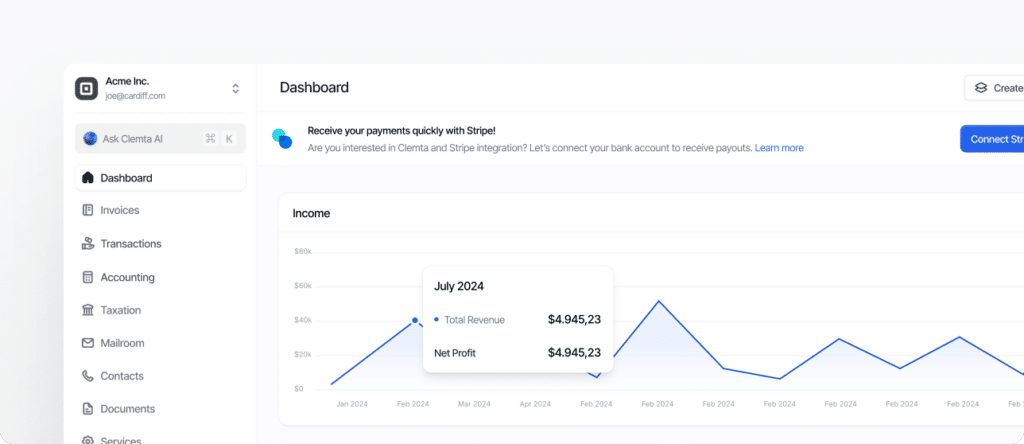The difference between a company’s current assets (cash, accounts receivable, inventory) and current liabilities (accounts payable, short-term loans, accrued expenses). It measures how much short-term liquidity a business has to cover day-to-day operations.
What is Working Capital?
Working capital is essentially a snapshot of your business’s financial health in the short term (how much cash and easily convertible assets you have left after paying off your immediate debts). The formula is:
Working Capital = Current Assets – Current Liabilities
For example, if your U.S. e-commerce company has $50,000 in cash, $20,000 in unpaid customer invoices, and $10,000 in inventory (total $80,000 in current assets), and you owe $30,000 to suppliers plus $10,000 in short-term loans (total $40,000 in current liabilities), your working capital is $40,000.
A positive working capital means you have enough to pay your short-term obligations and still have resources to invest in growth. A negative working capital can signal cash flow issues (you may need to bring in cash quickly to meet your obligations).
For non-U.S. founders, working capital is important to track because:
- It affects your ability to operate without needing emergency funding.
- U.S. banks, investors, and suppliers often review it to assess creditworthiness.
- Some U.S. states or industries may require certain liquidity levels for licensing or contracts.
For example, if you run a U.S.-based dropshipping store and most of your customer payments are processed instantly through Stripe, but your supplier terms require payment upfront, you might have a healthy cash position (good working capital). But if your suppliers require deposits months before you collect from customers, you could face a working capital shortage, even if your business is profitable on paper.
Knowing your working capital is useful because it’s like checking your business’s “operational fuel gauge.” It quickly tells you whether you have enough short-term resources to pay your bills, run daily operations, and invest in growth without scrambling for cash.
In summary, working capital is a quick measure of whether your business can meet its short-term obligations and keep running smoothly. Monitoring it regularly helps prevent operational cash crunches, especially if you’re managing your U.S. company from abroad

